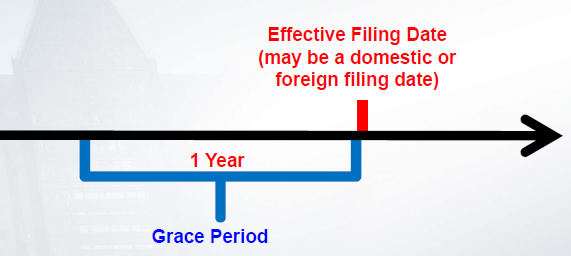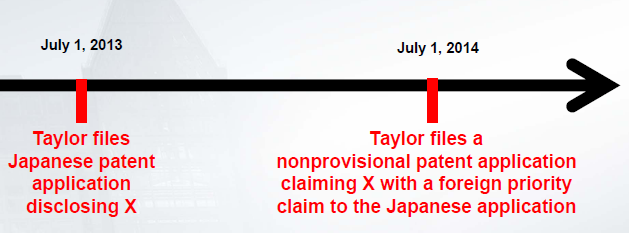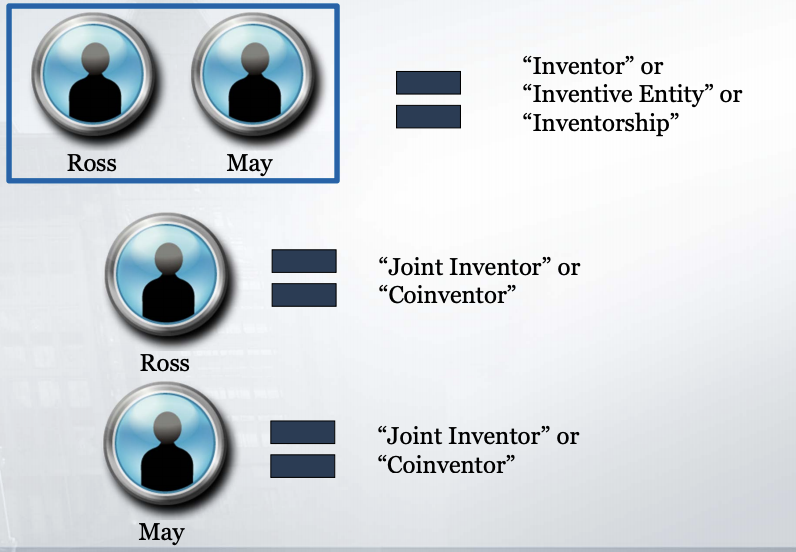The effectively filed date of subject matter in a U.S. patent or published application as prior art under 35 U.S.C. 102(a)(2) is the earlier of:
1) the actual filing date of the U.S. patent or published application being used as the reference
or
2) the filing date of the earliest application to which the U.S. patent or published application being used as the reference is entitled to claim a right of foreign priority or domestic benefit which describes the subject matter.

Jackson’s patent application publication is being considered as possible prior art against claims in an AIA application.
Jackson’s prior art patent application publication was effectively filed on June 5, 2011, which is the filing date of the foreign priority application.


